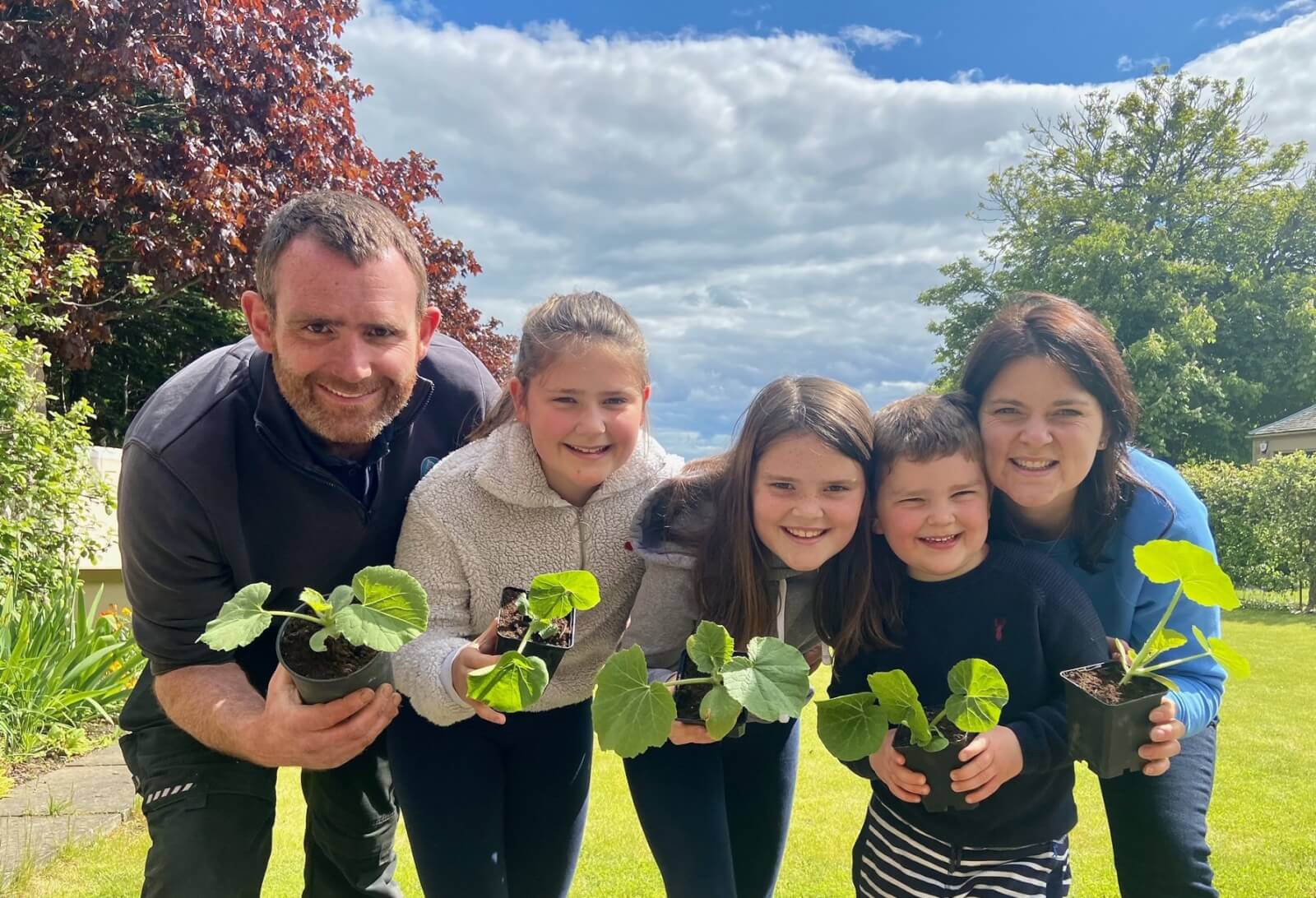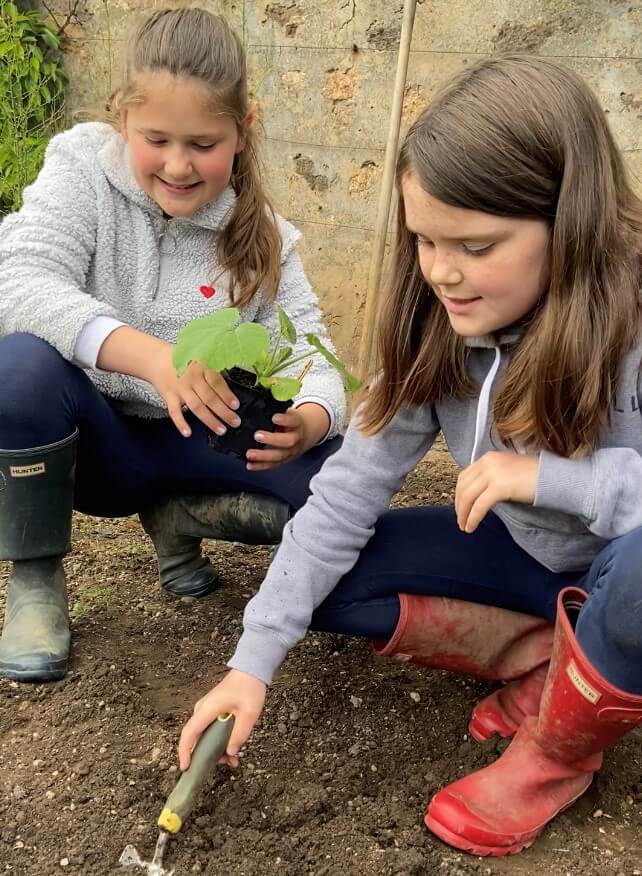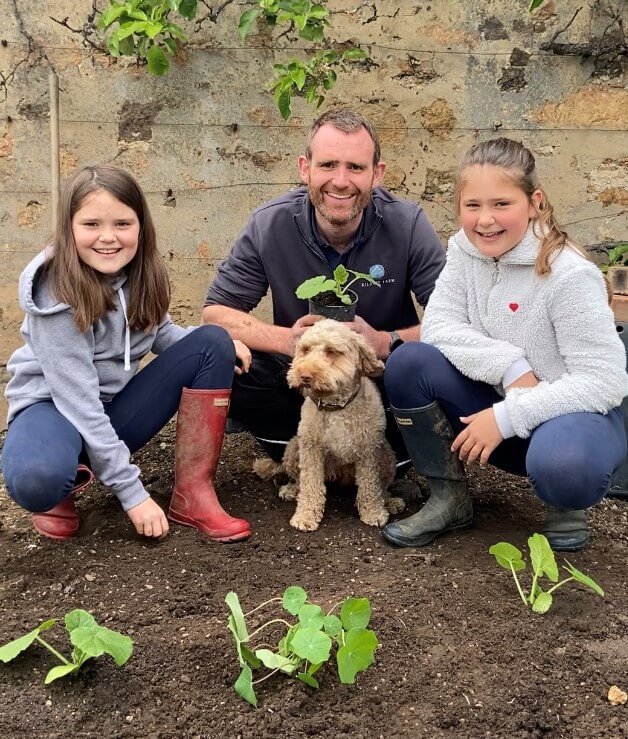May is marching on. June is just a week away! Although autumnal carpets of golden leaves and shorter days are thankfully a long way off, for those of us growing pumpkins our attention is very much on nurturing these gems right now, getting them ready to plant out over the next couple of weeks (weather dependent of course).
Pumpkins, which come from the cucurbitaceae family, can be grown at home either in raised beds or in large containers but they are fussy plants, similar to small children around the kitchen table. They need a little love and attention to get them off the starting blocks.
However don’t be daunted. We are on hand to help you make your next step on your pumpkin growing journey.
April was such a cold month for us, so we held off until the end of the month to sow our seeds. Many others didn’t start sowing them indoors until May and that is absolutely fine. They grow big fairly quickly and you don’t want them taking over you kitchen windowsill and having to wait until June to plant them out when the risk of frost has passed.
As the days are now slowly warming up, late May is a great time to start hardening off your young pumpkin plants to get them used to being outside. Or as we like to call it, the plant ‘Hokey Cokey’! Minus the shaking them about, of course!
After a week of taking them outside during the day, you then want to leave them out over night in a sheltered spot before you take the leap and plant them into their final resting place. Just be mindful to leave at least 1 metre between the plants and give them a good watering once you have planted them.
Pumpkin growing can become quite addictive and each plant can feel like it is part of the family. To help improve the chances of your pumpkin plant bearing beautiful healthy fruits come October, it’s a good idea to add lots of manure or compost to your bed before planting out if you can get your hands on it. You can also add a liquid fertiliser when the first flowers begin to appear. We’ll share more about caring for your plants as they grow.
It’s best to keep them in a sheltered position and during dry spells water them well but avoid watering the vine, stems and leaves and keep weeds at bay. If space is limited you can train the vines up a trellis and to increase fruiting pinch out the growth tips. When they do start to fruit be sure to place a piece of wood or straw under the fruit to prevent the fruit from rotting.
For those of you growing seeds from our grow along boxes, hopefully your companion seedlings have made good progress. These included nasturtiums and sunflowers and can be planted out into your pumpkin patch now too.
Not only are they great for attracting bees, which are a pumpkins best friend, but they are also striking to look at grown beside pumpkins and add interest to your garden or allotment. Marigolds and Calendula are also good companion plants when growing pumpkins as they keep aphids away and they are edible, so it’s a win win.
So, pull on your gardening gloves and roll up your sleeves. Set aside some time over the coming days to take your pumpkin plants into the great outdoors. Don’t forget to show us your progress and tag us on social media @kilduff_farm and join our #pumpkinrevolution. Muddy fingers crossed, come autumn you will have a healthy harvest to create an epic feast.
Our good friend Helen Cross and host of The podcast Grow Cook Inspire will be sharing a really useful video, especially if you are growing your pumpkins in containers. Stay tuned!
With love,
Lucy x




